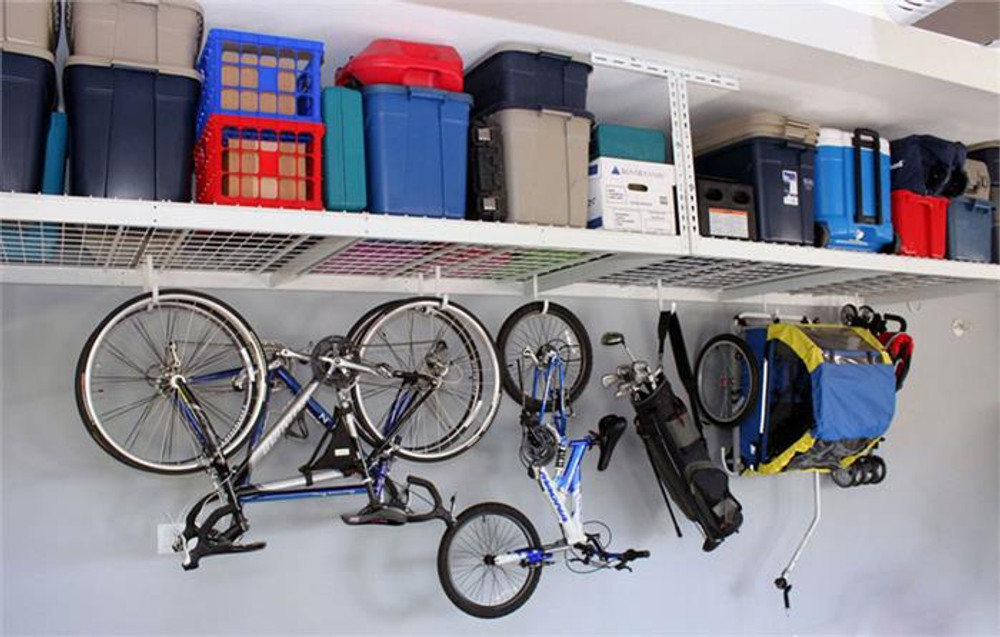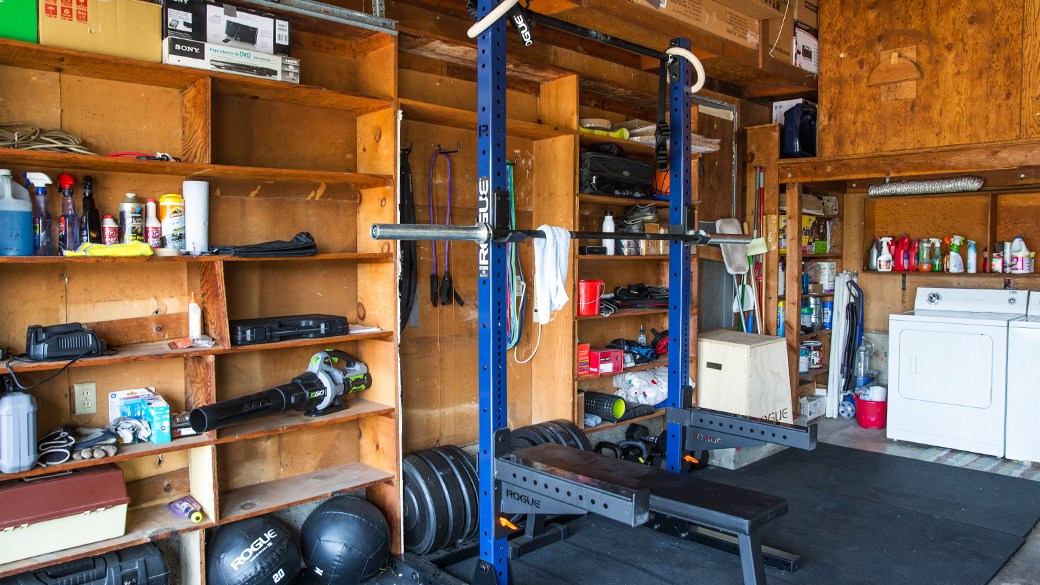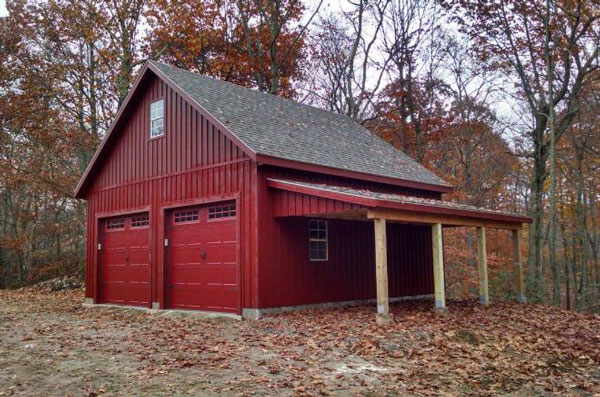
Converting an existing garage door to a porch door is a great idea to make your garage feel larger. This will give you access to your new space with style. This is an important step to transform your garage.
You can transform your garage with a glass patio or door. Glass will help lower the heat in your house and allow you to increase the size of your living area during the warmer months.
There are many styles available to choose from so you can find the right fit for your space. These doors can be single or double doors as well as contemporary bifold and sliding patio doors.
The first step in getting your project off to the ground is choosing the right garage doors for you. You want your new door to fit in seamlessly with the existing brickwork and door frames.

You can have your garage door customized to fit the style of your home. You can even specify a colour to match the windows in your house.
Converting your garage door to a patio door will increase the value of your property as well as giving you that extra touch of style and functionality. It will also make your outdoor living space unique and personal for you and your loved ones.
You can plan ahead to make sure that you get what you want. Get your garage conversion permit and make sure you have all necessary documents. This will avoid any issues with the local authority and your insurance company.
Rolux UK has a team of experts who can convert your garage to a patio. Get a free quote today!
We will send an engineer to visit you and evaluate your needs. They will then work on the installation of your new garage door over the course of a couple of days. They will begin by removing the central pillar from your garage, installing the new RSJ, then secure it overnight before installing your garage door on day 2.

For privacy, you'll need to place a curtain after the rsj has gone up. This will prevent the garage door from being viewed by passersby whilst you are at work.
After the curtain has been installed, you'll need to place your garage door in the garage frame opening. Make sure it is square and plumb. It is easy, but it is essential that you follow the manufacturer’s instructions to ensure your garage door is correctly installed.
FAQ
What order should you renovate your house?
First, the roof. The plumbing is the second. Third, the electrical wiring. Fourth, the walls. Fifth, the floors. Sixth, windows. Seventh, the doors. Eighth, the kitchen. Ninth, the bathrooms. Tenth is the garage.
Finally, after all this work is done, you'll have everything you need to get into the attic.
You might consider hiring someone who is skilled in renovating your house. Renovations take time, patience, and effort. It will also cost money. So if you don't feel like putting in the hours or the money, then why not let someone else do the hard work for you?
Renovations aren’t always inexpensive, but they can make your life easier and save you money in the long term. A beautiful home can make your life easier.
Why remodel my house when I could buy a new home?
While it's true that houses get less expensive each year you still need to pay the same price for the same square footage. You will pay more for the extra square footage, even though you might get more bang for you buck.
It is less expensive to maintain a house that does not require much maintenance.
Remodeling instead of buying a brand new home can help you save thousands.
By remodeling your current home, you can create a unique space that suits your lifestyle. You can make your home more comfortable for you and your family.
How much would it take to gut a house and how much to build a brand new one?
Gutting a home involves removing everything within a building including walls and floors, ceilings as well as plumbing, electrical wiring, appliances, fixtures, and other fittings. This is usually done when you are moving into a new home and need to make some adjustments before you move in. It is often very costly to gut a home because of all the work involved. Depending on your job, the average cost to gut a home can run from $10,000 to $20,000.
Building a home is where a builder builds a house frame by frame, then adds walls, flooring, roofing, windows, doors, cabinets, countertops, bathrooms, etc. This usually happens after you have purchased lots of lands. It is usually cheaper than gutting a house and will cost around $15,000 to $30,000.
It all depends on what you plan to do with your space. You will probably have to spend more to gut a house. However, if you want to build a home, you won't have to worry about ripping everything apart and redoing everything. Instead of waiting for someone else, you can build it how you want.
What is it worth to tile a bathroom?
Do it yourself if possible. Full bathroom remodels are an investment. When you consider the long-term benefit of having a beautiful space for many years, it is a smart decision to invest in quality fixtures and materials.
The right tiles can make a significant difference in the look and feel of your room. So whether you're planning a small project or a major renovation, here's a quick guide to help you choose the best products for your home.
First, you need to choose which flooring material you want. The most common options are ceramics, stone, porcelain, and natural timber. Select a style, such as classic subway tiles or geometric patterns. Finally, pick a color palette.
If you are remodeling a large bathroom, you'll likely need to match the tile with the rest. For example, you might opt for white subway tile in your kitchen or bath and choose darker colors elsewhere.
Next, decide the scope of the project. Is it time to update a small powder room? Or, would you rather have a walkin closet in your master bedroom?
Once you've determined the project's scope, visit local stores and check out samples. This allows you to get a feel and idea for the product as well as its installation.
You can also shop online to find great deals on porcelain and ceramic tiles. Many retailers offer discounts for bulk purchases and free shipping.
What are some of the largest costs associated with remodeling your kitchen?
When planning a kitchen renovation, a few major costs are involved. These include demolition, design fees, permits, materials, contractors, etc. But when we look at these costs individually, they seem pretty small. However, when you combine them all, they quickly add-up to become very large.
Demolition is likely to be the most expensive. This involves removing old cabinets, appliances and countertops as well as flooring. You will then need to remove the insulation and drywall. You must then replace these items with new ones.
Next, you must hire an architect to draw out plans for the space. The permits will be required to ensure the project complies with building codes. The next step is to find someone who will actually do the construction.
Once the job is complete, you will need to pay the contractor. All told, you could spend anywhere between $20,000 and $50,000 depending on how big the job is. It is crucial to get estimates from several contractors before you hire one.
Planning can help you avoid many of these expenses. You may be able to negotiate better deals on materials or even skip some of the work. It is possible to save money and time by knowing what to do.
Many people attempt to install cabinets themselves. This will save them money as they won't need to hire professional installation services. It is often more expensive to have professional installation services. The time it takes to complete a job can be completed by professionals in half the time.
Unfinished materials can also be a way to save money. You must wait until the cabinets are fully assembled before purchasing pre-finished material. Unfinished materials can be used immediately by you if purchased. And you can always decide to change your mind later if something does not go according to plan.
Sometimes, however, it's not worth all the effort. Planning is the best way save money on home improvement projects.
Is it cheaper to remodel a bathroom or kitchen?
Remodeling a bathroom and kitchen can be costly. However, when you consider how much money you pay each month for energy bills, upgrading your home might make more sense.
An inexpensive upgrade can save you thousands of dollars every year. Simple improvements such as insulation of walls and ceilings can lower heating and cooling costs up to 30 percent. Even a small improvement can make a difference in comfort and increase resale.
The most important thing to keep in mind when planning for renovations is to choose products that are durable and easy to maintain. Materials such as porcelain tile, stainless steel appliances, and solid wood flooring last longer and require fewer repairs than vinyl or laminate countertops.
Altering old fixtures can also help reduce utility bills. By installing low-flow faucets, you can lower your water usage up to half a percent. You can reduce your electricity consumption by replacing inefficient lighting bulbs with compact fluorescent lights.
Statistics
- 57%Low-end average cost: $26,214Additional home value: $18,927Return on investment: (rocketmortgage.com)
- 55%Universal average cost: $38,813Additional home value: $22,475Return on investment: 58%Mid-range average cost: $24,424Additional home value: $14,671Return on investment: (rocketmortgage.com)
- $320,976Additional home value: $152,996Return on investment: 48%Mid-range average cost: $156,741Additional home value: $85,672Return on investment: (rocketmortgage.com)
- Following the effects of COVID-19, homeowners spent 48% less on their renovation costs than before the pandemic 1 2 (rocketmortgage.com)
- Windows 3 – 4% Patio or backyard 2 – 5% (rocketmortgage.com)
External Links
How To
How to Install Porch Flooring
Although installing porch flooring can be done easily, it is not without some planning. Before installing porch flooring, you should lay a concrete slab. But, if you don’t have the concrete slab available, you could lay a plywood board deck. This allows porch flooring to be installed without the need for a concrete slab.
Secure the plywood (or subfloor) before you start installing porch flooring. Measure the porch width and cut two pieces of wood to fit the porch. These strips should be placed along both sides of the porch. Next, nail the strips in place and attach them on to the walls.
You must prepare the area in which you plan to place the porch flooring after you secure the subfloor. This involves typically cutting the top layer from the floorboards to fit the area. Then, you must apply a finish to the porch flooring. A common finish is a polyurethane. You can stain your porch flooring. It is much easier to stain than to apply a clear coat. You only have to sand the stained areas once you have applied the final coat.
After completing these tasks, it's time to install your porch flooring. First, measure and mark the location of your porch flooring. Next, measure and mark the location of your porch flooring. Finally, put the porch flooring in its place and nail it.
If you wish to improve the stability of your porch flooring, you can add porch stairs. Like porch flooring, porch stairs are typically made from hardwood. Some people like to install their porch stairs before they install their porch flooring.
Once your porch flooring is installed, it is time for the final touches. You must first remove your porch flooring and install a new one. You'll need to clean up the debris. Take care of dust and dirt in your home.